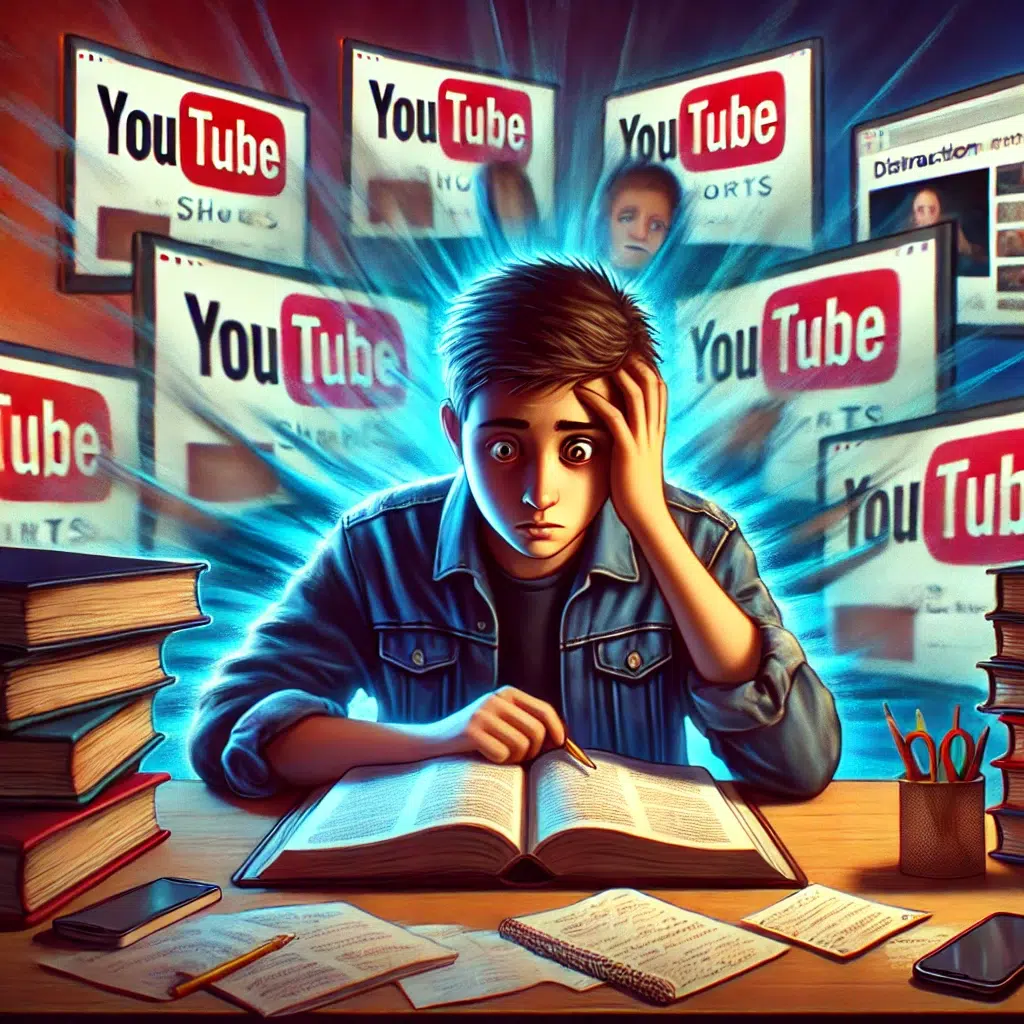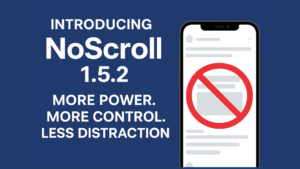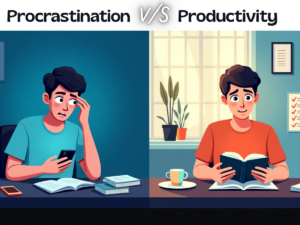The popularity of short-form video platforms like Instagram Reels, TikTok, Snapchat Spotlight, and YouTube Shorts has skyrocketed in recent years. Many social media users are now deeply engaged in scrolling through and consuming content on these platforms.
I’m not suggesting that short videos are entirely harmful or only have negative impacts on our lives. All short-form video platforms generally have both benefits and drawbacks, which I’ve discussed in more detail in this article. Impact of Shorts & Reels on our life
History
Short-form video scrolling was pioneered by TikTok (formerly known as Musical.ly) in China. The platform quickly gained immense popularity in a short amount of time. Inspired by TikTok’s success and the potential benefits of this format, social media giants like Instagram, Facebook, Snapchat, and YouTube subsequently introduced their own short-form video features.
Why YouTube Shorts Might Pose a Greater Risk to Youth
While YouTube Shorts isn’t the only platform to adopt short-form video content, there are several factors that contribute to concerns about its potential negative impact on youth. It’s important to explore why YouTube Shorts, in particular, might be seen as a more significant concern compared to other platforms.
The quick answer to this question is
Unlike many other platforms, YouTube is not solely used for entertainment.
YouTube has a remarkably diverse user base, with people of all ages utilizing the platform for various purposes beyond entertainment.
Children often use YouTube to watch cartoons, stories, and educational content. Parents may also encourage their children to use YouTube as a source of infotainment.
Teenagers rely on YouTube as a resource for studying, understanding complex topics, and seeking self-help guidance.
Working professionals often use YouTube for professional development, staying informed about current events, and gaining insights into global trends.
Elderly people just use YouTube to watch movies and to pass some time
Depending on age and profession, individuals utilize YouTube in diverse ways, demonstrating the versatility and wide-ranging applications of this powerful technology.
As a YouTube user, you likely fall into one of the categories mentioned earlier and have a personalized YouTube experience tailored to your interests.
When you open YouTube, you generally expect to gain knowledge, stay informed, find inspiration, or improve your productivity, even if entertainment isn’t your primary goal.
When was the last time you opened Facebook, Instagram, or Snapchat for educational or non-entertainment purposes? It’s likely that you haven’t, as these platforms are primarily designed for entertainment. Reels and short-form video features align well with their overall purpose.
How YouTube Shorts Impacted the YouTube Feed?
Prior to YouTube Shorts, the platform’s homepage feed often featured informative, motivational, self-help, and entertaining videos.
With the introduction of YouTube Shorts, the platform’s AI algorithm began prioritizing short-form content, potentially altering user perceptions and recommendations. This shift may have influenced the types of long-form videos suggested to users based on their perceived interests.
While scrolling through YouTube Shorts, we frequently encounter the “What did I just watch?” moment when we stumble upon random, often nonsensical videos.
This rarely happens when we intentionally explore YouTube. Many people inadvertently watch these types of videos multiple times, leading the AI to believe they might have enjoyed them and adjust recommendations accordingly.
What’s wrong with the perception/profile built by AI algorithm?
Your Solution to YouTube Shorts Fatigue
Unlike many other social media platforms, YouTube automatically plays short videos when you open the app.
When you open YouTube for research or study purposes, you might find yourself unconsciously scrolling through Shorts, even though you intended to focus on longer content. Before you realize it, 15-20 minutes can easily pass.
This constant stream of short-form content can overwhelm your brain and lead to mental fatigue. After spending 15-20 minutes scrolling through Shorts, you might feel mentally exhausted and in need of a break.
If you try to focus on the information you originally sought after, your fatigued brain might struggle to concentrate. On the other hand, taking a break could disrupt your study session and diminish your interest in the topic.
This used to be a common experience for me until I developed the NoScroll to block YouTube Shorts. The app automatically closes the Shorts section, saving me 30-45 minutes each time I open YouTube for non-entertainment purposes.
Is YouTube Shorts Safe for Kids and Students?
Children and students, regardless of age, generally share a common goal of continuous learning.
If children develop a short attention span at a young age, it can significantly impact their ability to learn complex subjects in today’s competitive world.
Children who are accustomed to consuming information in short bursts, thanks to platforms like YouTube Shorts, may find it challenging to focus on longer, more complex content later in life. This can hinder their ability to learn effectively from various sources.
A reduced ability to focus on learning can lead to less knowledge acquisition, lower academic performance, and decreased self-confidence. These factors may contribute to mental health challenges such as anxiety and stress.
No one desires a life plagued by anxiety, stress, and low self-esteem. These negative emotions can have lasting consequences, especially when they develop during formative years like childhood and adolescence.
Conclusion
While YouTube is a valuable source of information and entertainment, its short-form video feature, YouTube Shorts, can have unintended consequences.
The constant stream of short videos can erode our attention spans and waste valuable time, especially when we’re trying to focus on learning or studying.
It’s crucial to be mindful of these potential drawbacks and take steps to manage our YouTube usage effectively.
This might involve limiting exposure to Shorts, using tools like NoScroll to block their access, or simply being more intentional about how we spend time on the platform. By doing so, we can harness the benefits of YouTube while minimizing its negative impacts.





